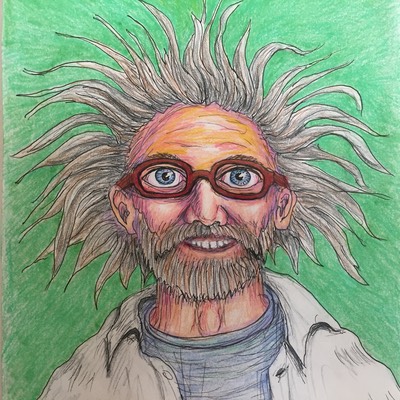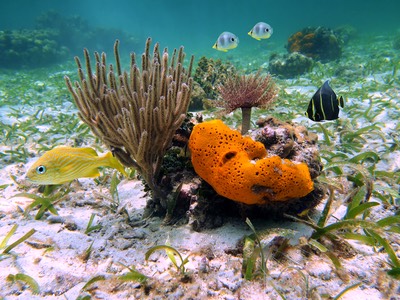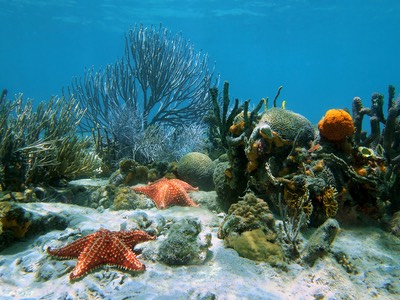Even though we’ll be learning sounds through bigrams, we need to start by learning the letters that make up the bigrams. If your student knows the alphabet you can skip this page, but even so you might want to check out the new alphabet song. Students can sing along, completing the phonological loop and changing implicit learning to explicit learning. They could also illustrate some of the rhyming lyrics as an extra activity.
Also, take a look at the letter pics at the bottom of this page. Expand the images by clicking on them, and have students trace the letters with their finger, then handwrite them. This helps them learn the shape of letters, so that they’ll become better at reading and writing them.* Tracing and writing also activates the “pre-motor” area of the brain, and this is part of the network that helps us distinguish between mirror images in letters** (ex. “b” vs “d”)
The New Alphabet Song:
Individual Letter Sounds:
By clicking on the thumbnails, you can enlarge for tracing with fingers (a letter recognition exercise), then hand printing. When the image opens, just drag the corner to make larger. Below each letter is its pronunciation. If someone forgets a letter name, they can just click the sound file.
Note: They may want to print just the bottom of the small “a” as it is normally taught this way. However, I left it as shown for reading because it usually appears this way in print.
* Maria Montessori used gross motor skills in beginning literacy to great success. Also- see NCBI
** “How Does Literacy Break Mirror-Invariance in the Visual System?”, Pegado et al, 2014 See more on this subject under Boosting Brain Skills.


